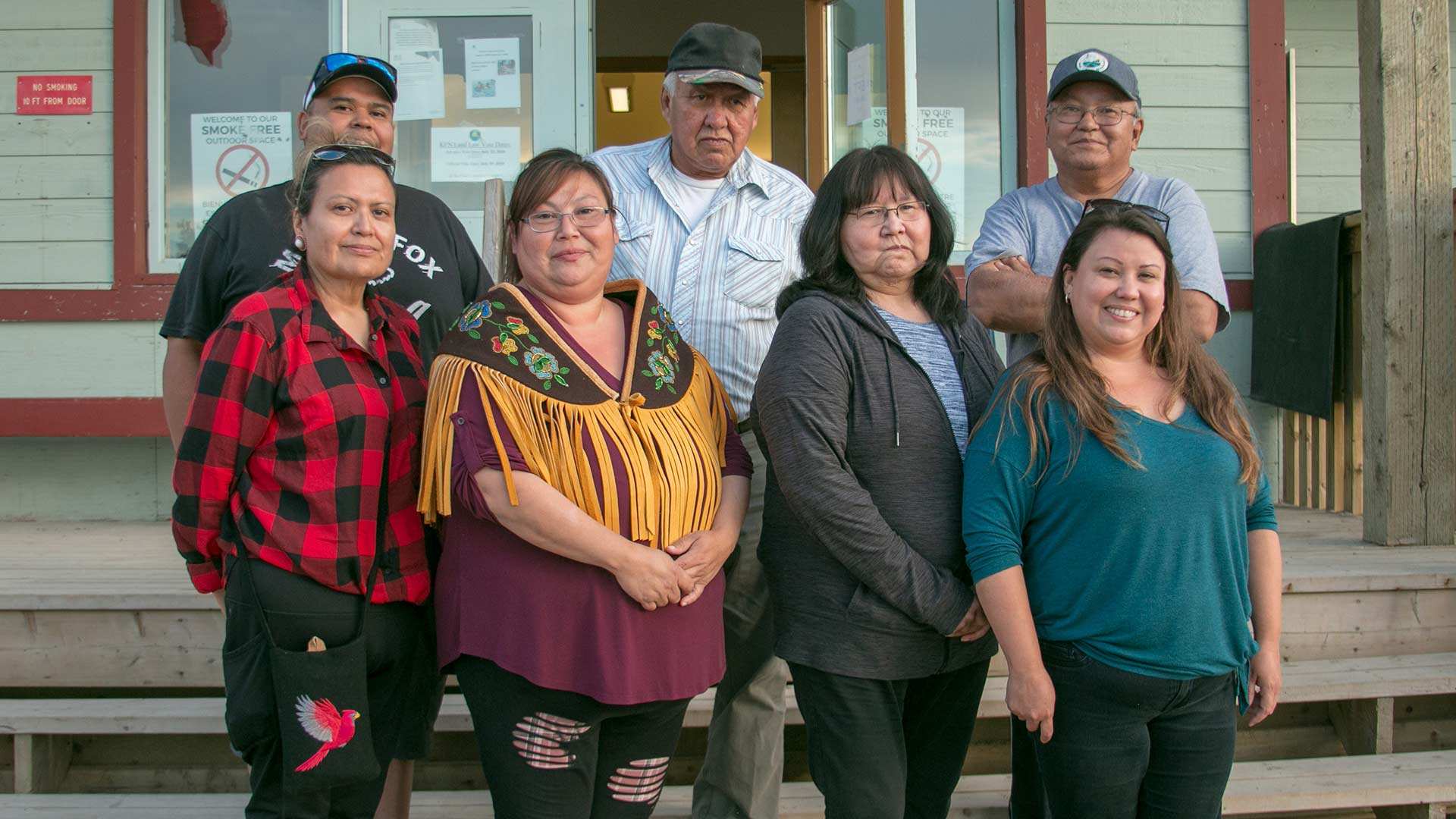K’atl’odeeche First Nation (KFN) has spoken loud and clear – they want more authority and responsibility over their land.
On July 29, members of the roughly 700 person reserve near Hay River, Northwest Territories passed a custom land code allowing them to manage their own land, resources and economic development in a timely manner without federal oversight from Indigenous Services Canada (ISC).
Just over 30 per cent of the 500 eligible voters cast their ballot. Out of the 153 who voted, 144 were in favour of the new land law.
“I am very excited especially for my daughters who are all out at university right now. What I saw in the last advance pole was younger voters coming out. They didn’t have many questions because they had read the agreement and understood what it meant for their children and grandchildren,” said KFN Chief April Martel.

According to Martel, they are the first reserve in the N.W.T. to pass a land law in Canada. Ninety-six other First Nations in Canada have done so.
“Certain things we couldn’t do without approval and that approval would take five, ten years from a minister in order to move forward with anything. But now membership can go to chief and council and the committee can be brought together and pass things in five years, in a year, six months. It will be a much faster process to manager,” said Martel.
Before the vote, KFN’s land and resources were dictated by the Indian Act, and their money was administered by the territorial and federal governments.
Martel noted that with the new land code, monies will go directly to the band with a transition period and financial support to develop a land advisory committee.
“There will be more transparency at assemblies. We can advertise how much money was transferred and membership can say how they want it to be developed. Say if we have a land parcel somewhere and there’s a non-band member who wants to lease it. Membership would say okay this is how long they can lease it and for this amount,” she said.
Martel acknowledged members who helped develop and circulate the 42 page land code document over the last three years.
“The land code committee gave all the data and information visiting door to door, they had all the agreements for people to view. It was a lot of door to door visits. It was actually former Chief Roy Fabian at the time who came up with the strategy and what they wanted to see for KFN so with the help of the Elders,” Martel said.

Like everyone on the reserve, Roy Fabian is greatly impacted by the new land law.
For starters, he may actually be able to own the house he’s lived in since 1988.
“Where my house is on was assigned to me by band council. But it is not leased to me so literally I don’t own this house. Even though I have a $240,000 home it is of no value because I cannot sell it, unless I can sell it to another band member,” Fabian said.
Fabian argued that the land code will immediately open up housing for membership.
“Before if an individual wanted a house, because of all the red tape, they couldn’t get a house. The last house we assigned was probably 20 years ago. Now, band members can go with a land lease to the bank. Membership could sell the house to a non treaty member but the land will always be reserve status on the lot, the band would just collect,” he said.

The reserve will also have a greater say in land protection and dealing with environmental mishaps, something Fabian welcomed as he recalled one of many frustrating situations during his 17 years in leadership.
“For example, a helicopter crashed on the reserve We didn’t have any say in what happened for clean up. Indian affairs handled the whole thing.
Both Martel and Fabian admitted that it will be a lot of work in the beginning as the land code committee begins to recommend laws, resolutions, policies and practices to chief and council on how to use the land code.
But the change comes at a crucial time, as KFN is in court for treaty land entitlement claim which involves areas of traditional and historical use taken from the band by the the federal government when the reserve was established.
“It is historic, some people were saying it was a little fast. It isn’t fast, it is what is needed and required for KFN. Again, we have been under the Indian Act for years Canada put this on us and we want to get out and run our own reserve and manage our own reserve how we want. Make sure we take care of all of the animals, the resources and our people,” Martel said.










